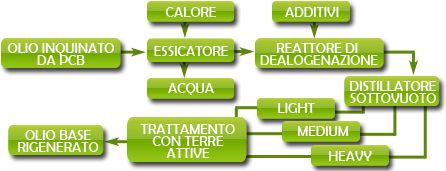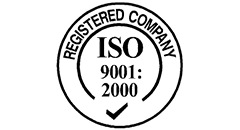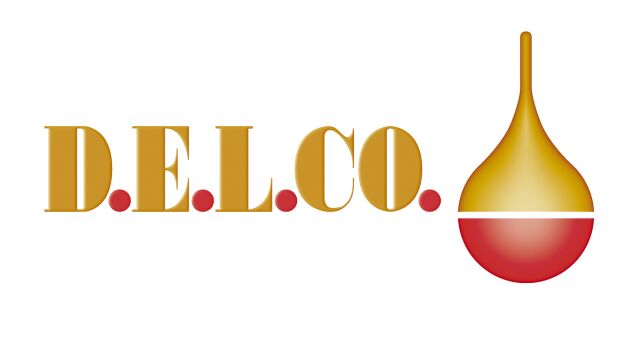Supply of Technologies for decontamination from PCBs (Polychlorinated biphenyls)
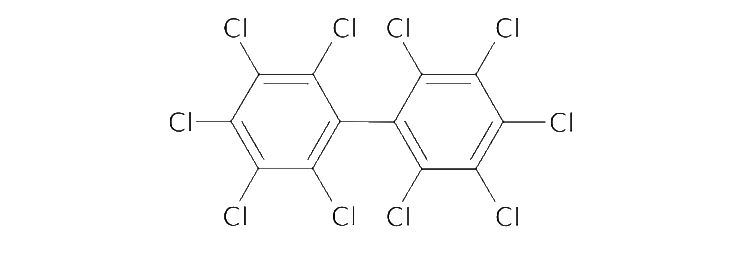
Starting from the beginning of the 80s, by the engineer Coppo, the D.E.L.CO. has studied, developed, patented, built and tested many decontamination systems for any type of waste and / or material contaminated by PCB.
D.E.L.CO. offers various technologies and services for the PCB and / or POPs decontamination industry:
What are PCBs:
PCB (Polychlorinated biphenyl) is a synthetic product consisting of cogeneras. Due to its specific properties (chemical stability, non-flammability, dielectric characteristics), the compound is considered particularly suitable as an insulating fluid in electrical equipment (transformers, capacitors, switches).
In the past it has also been used as a component of hydraulic fluids, diathermic fluids, paints, resins, inks, glues, etc.
It is a non-biodegradable, toxic and dangerous product for health and the environment as a possible contaminant in the food chain as it is absorbable by ingestion and bioaccumulative.
Today, the use of the PCB is prohibited by law for any type of application and the residual quantities present must be collected and disposed of according to the criteria imposed by national and international regulations.
ASD Technology - DECONTAMINATION WITH SOLVENT IN A VACUUM AUTOCLAVE -
The D.E.L.CO. has developed a process of PCB decontamination of electrical equipment with solvent in an autoclave under vacuum.
The method consists in extracting all the PCB from the polluted materials by using a suitable solvent in an autoclave under vacuum.
The decontamination takes the form of alternating solvent washing in the liquid and gas phase. The solvent is continuously recycled and reused indefinitely thanks to the particular neutralization system
The System does not provide for liquid or gaseous discharges outside the extracted liquid PCB.
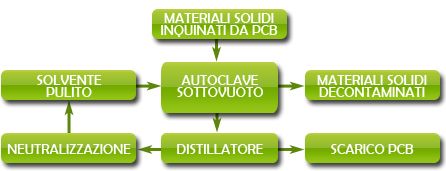
ODR Technology - DECONTAMINATION OF DIELECTRIC OILS -
The method, already applied for years in Italy and in other countries, consists in chemically dehalogenating the PCB transforming it into biphenyl and halide. In addition to the dehalogenation, the method provides for the total regeneration of the oil by chemical neutralization, distillation and treatment with bleaching active lands. The equipment can be fixed or mobile.
At the end of the treatment, the treated oil has the same characteristics as the new original fluid.
